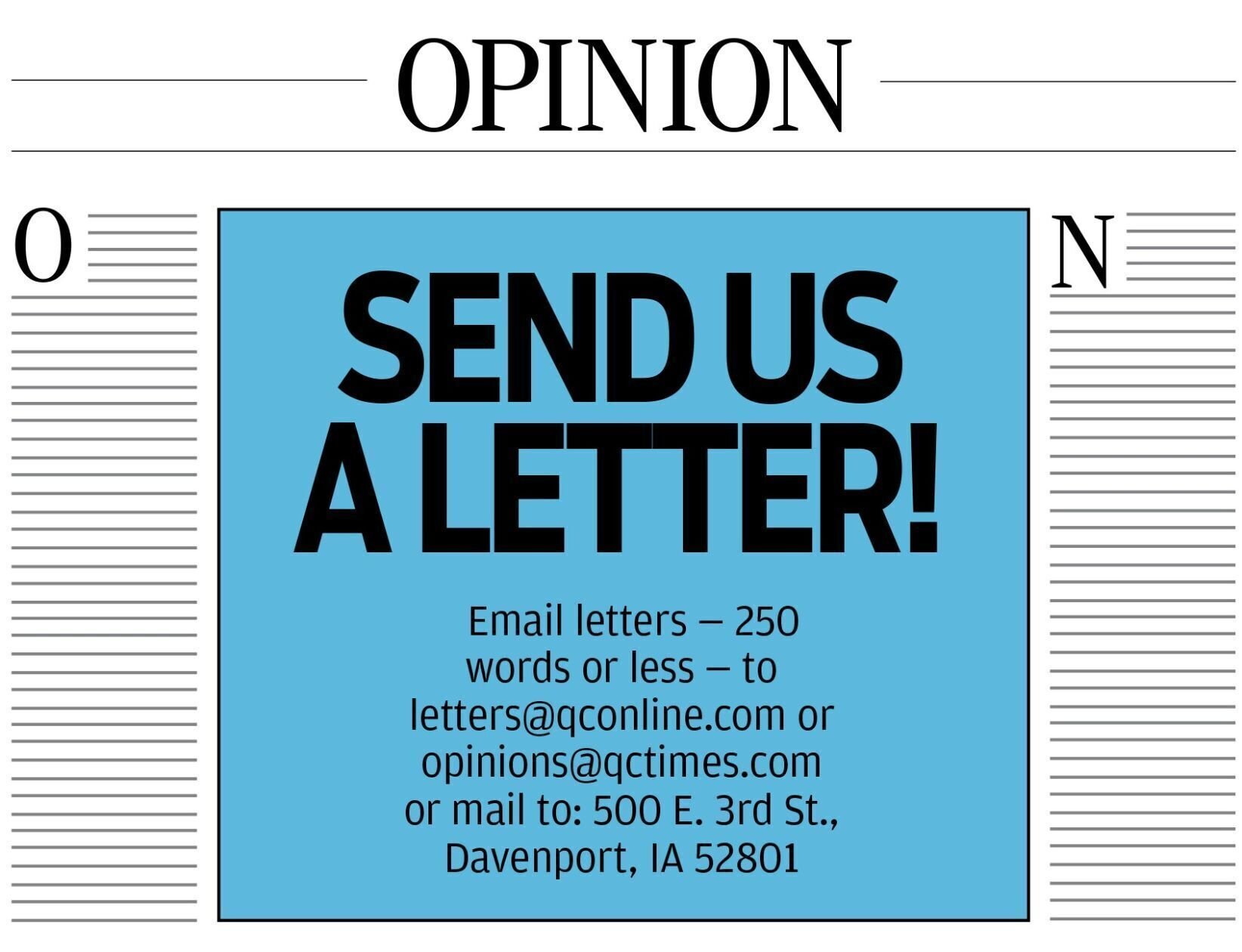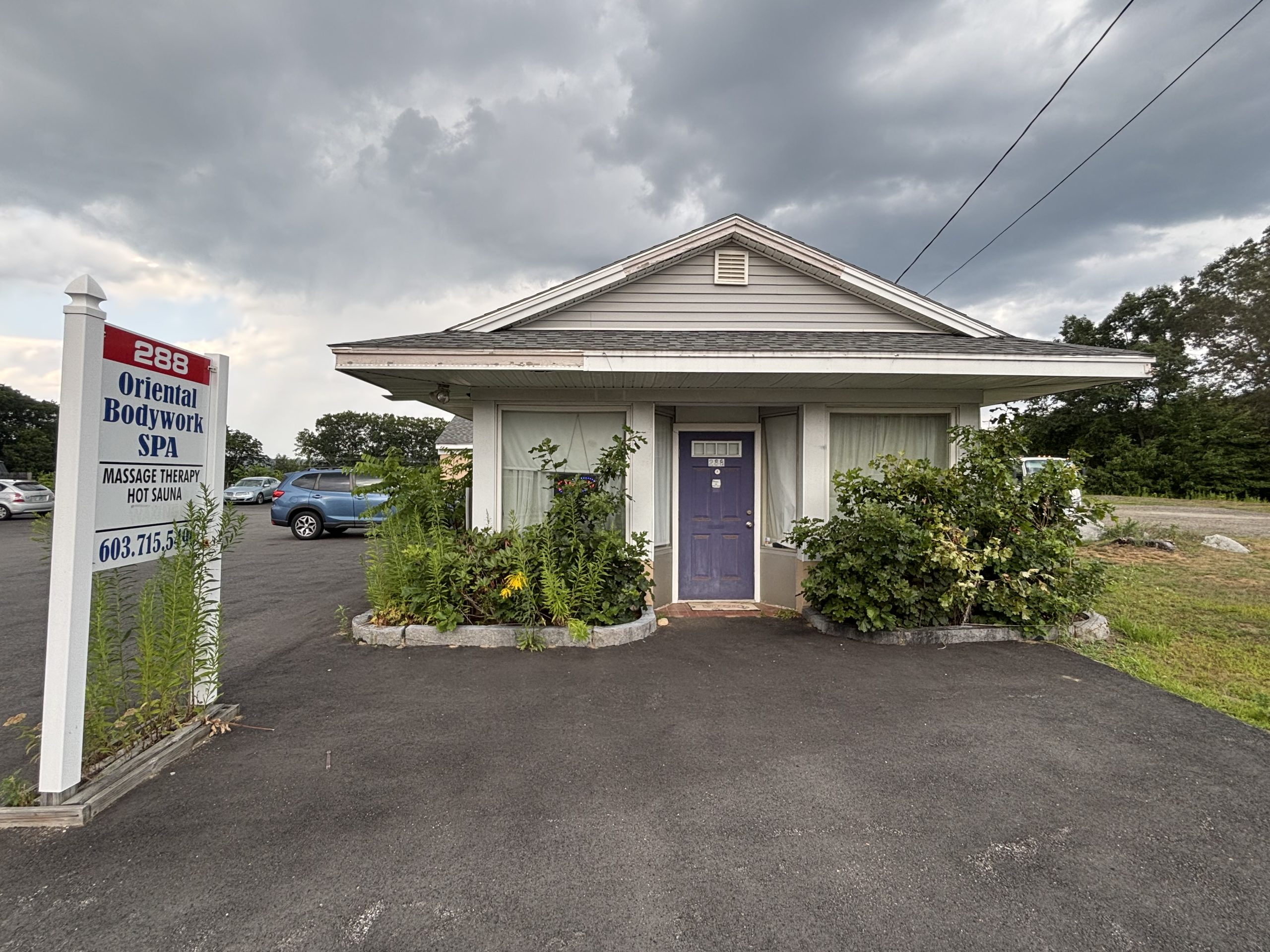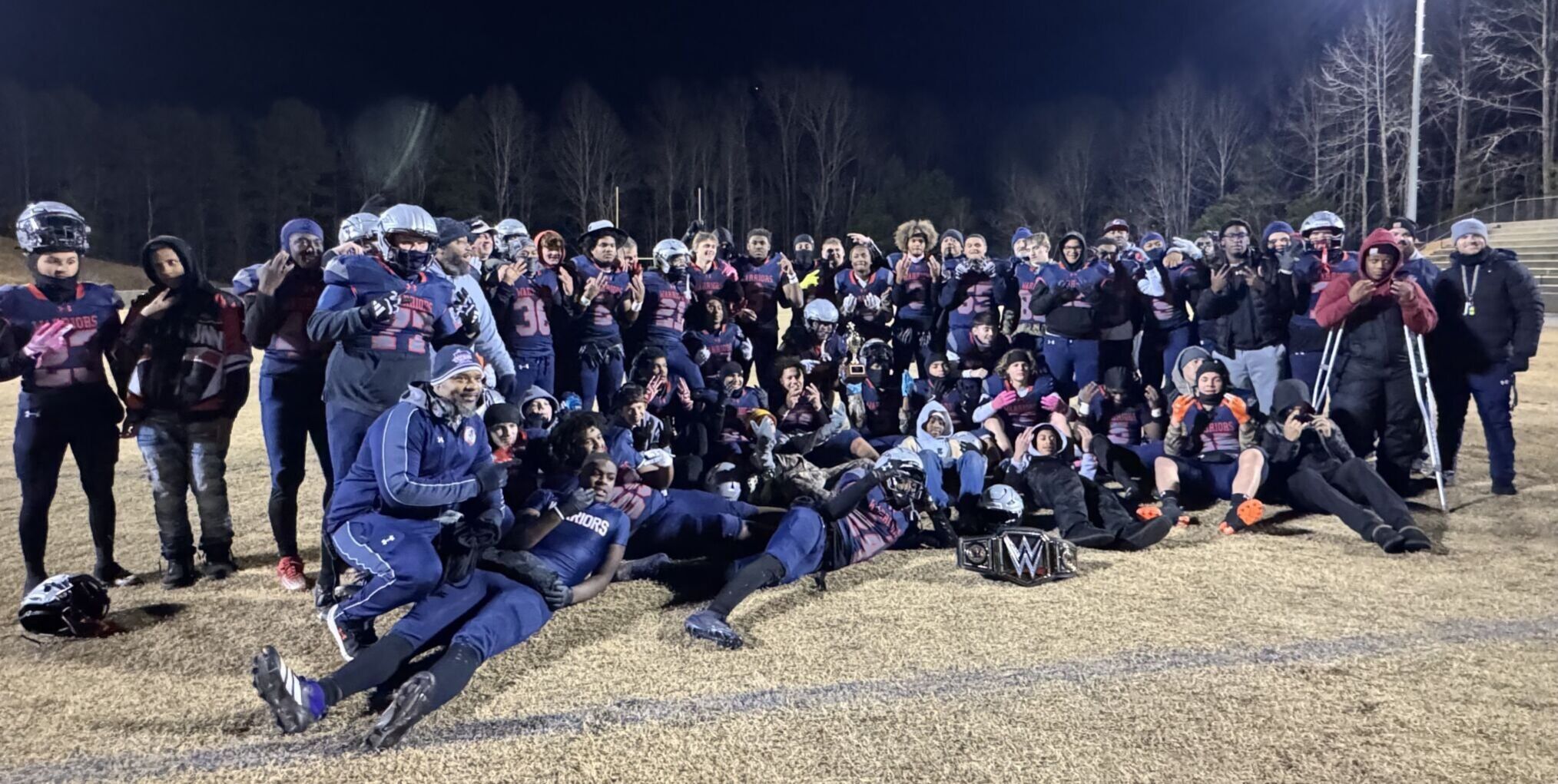While recent rainfall in the Lakes Region offered a brief reprieve from dry conditions, the statewide burn ban in New Hampshire remains in place. Firefighters say most residents are following the safety guidelines, reinforcing the importance of wildfire prevention efforts statewide.
Statewide fire ban continues despite recent rainfall

Key Takeaways:
- New Hampshire received much-needed rain in the Lakes Region.
- The statewide fire ban has not been lifted despite the precipitation.
- Firefighters emphasize the ban’s importance to mitigate wildfire risks.
- Residents have largely cooperated since the start of the ban.
- Laconia and Meredith remain under restrictions meant to protect public safety.
A Needed Rainfall
Recent showers have brought relief to the Lakes Region, which includes areas around Lake Winnipesaukee. This long-awaited rain has helped reduce the immediate dryness of the landscape. However, one or two days of precipitation have proven insufficient to overturn the state’s decision to keep a burn ban in place.
Ban Remains Statewide
Despite the wet weather, New Hampshire authorities continue enforcing a statewide burn ban. This decision stems from the persistent risk of wildfires in regions such as Meredith and Laconia. Fire safety officials remind the public that conditions may remain volatile beneath the surface, and a few days of rain do not fully eliminate wildfire hazards.
Continued Cooperation
Local firefighters have reported that most residents are following the restrictions without major issues. “Firefighters say most residents have been cooperative since the start,” notes the original story. The broad spirit of compliance has helped keep emergency calls related to wildfires down at a time when even small sparks could have significant consequences.
Looking Ahead
For many who enjoy the Lakes Region’s natural beauty, the rainfall has brought a sense of relief. Yet, authorities urge everyone to wait for approval before lighting campfires or burning debris. The statewide burn ban remains in effect until broader weather patterns ensure that fire risks have truly subsided.











